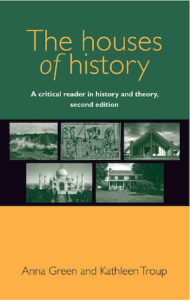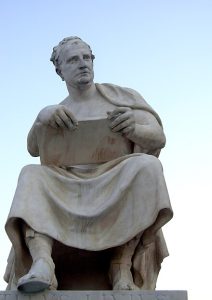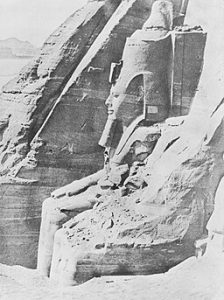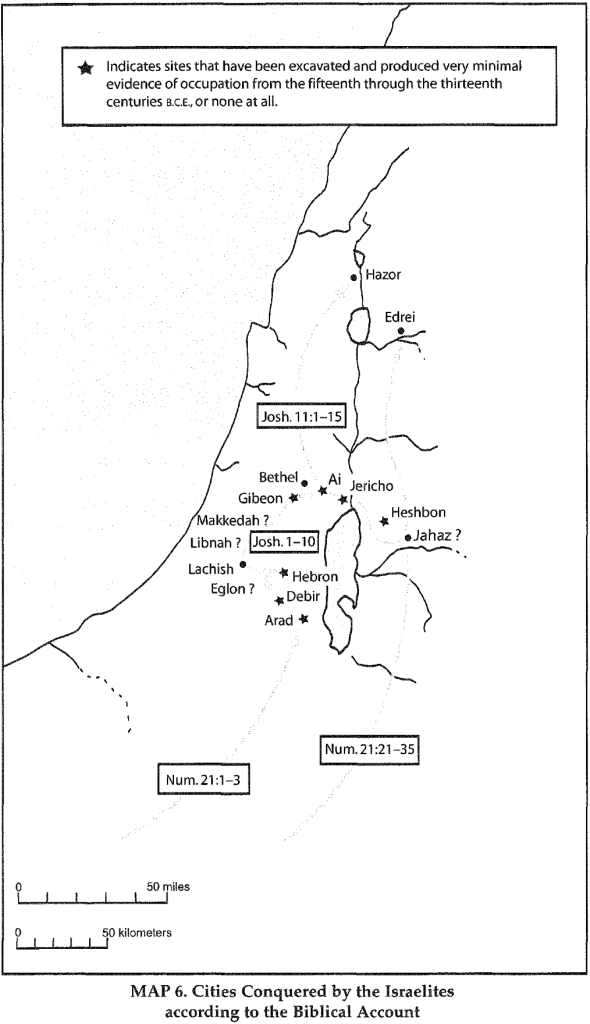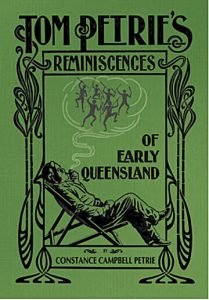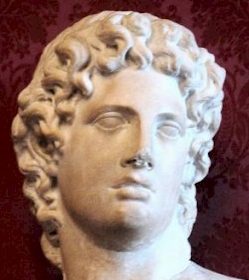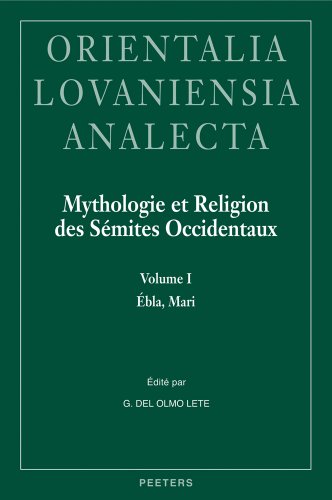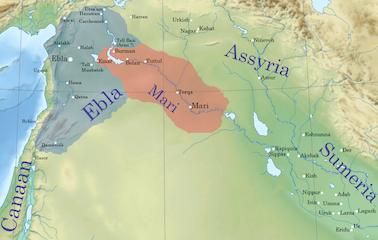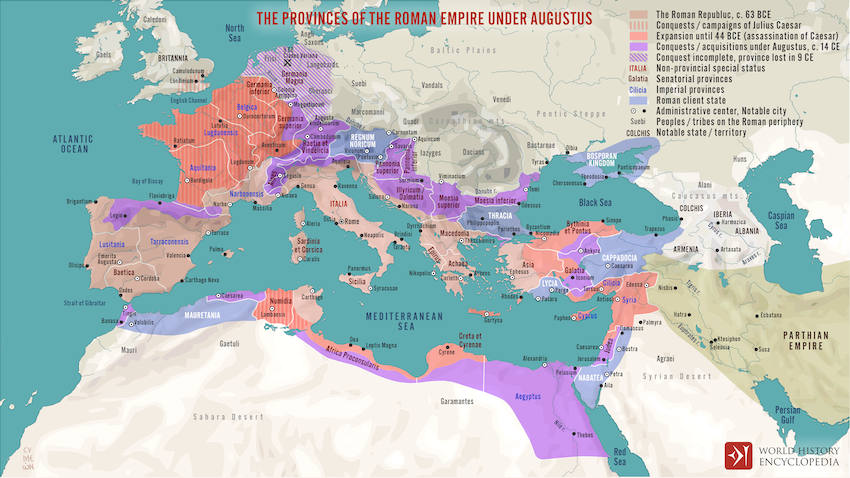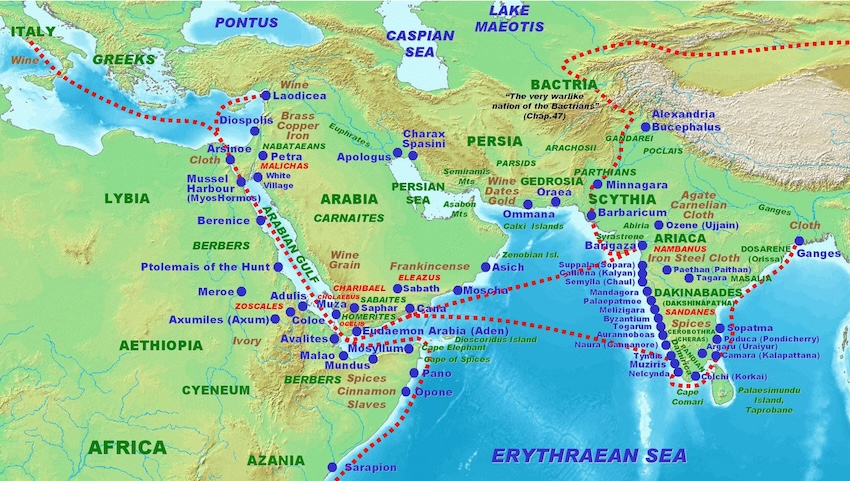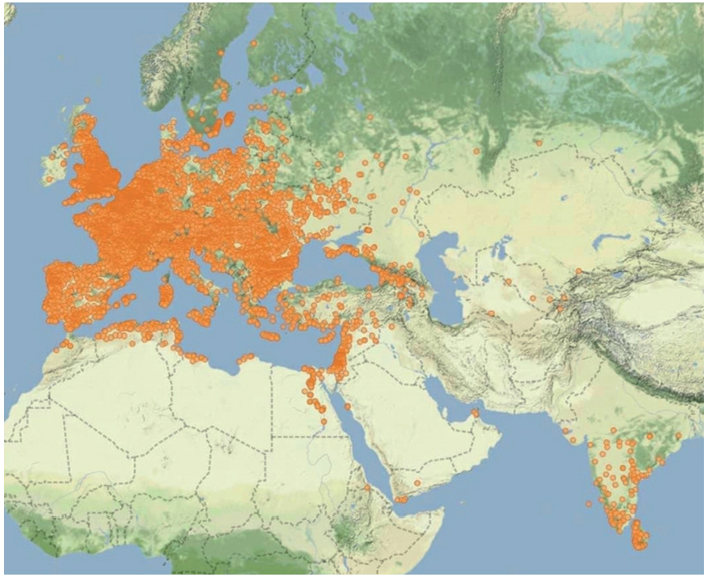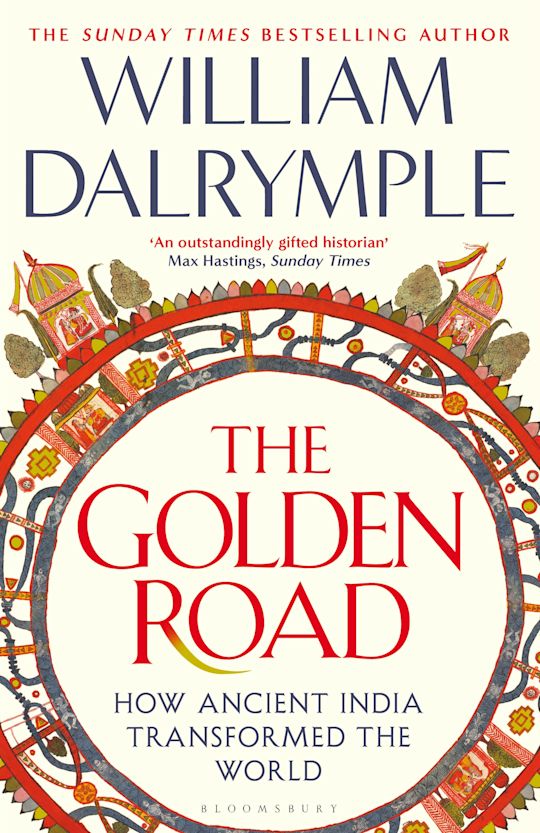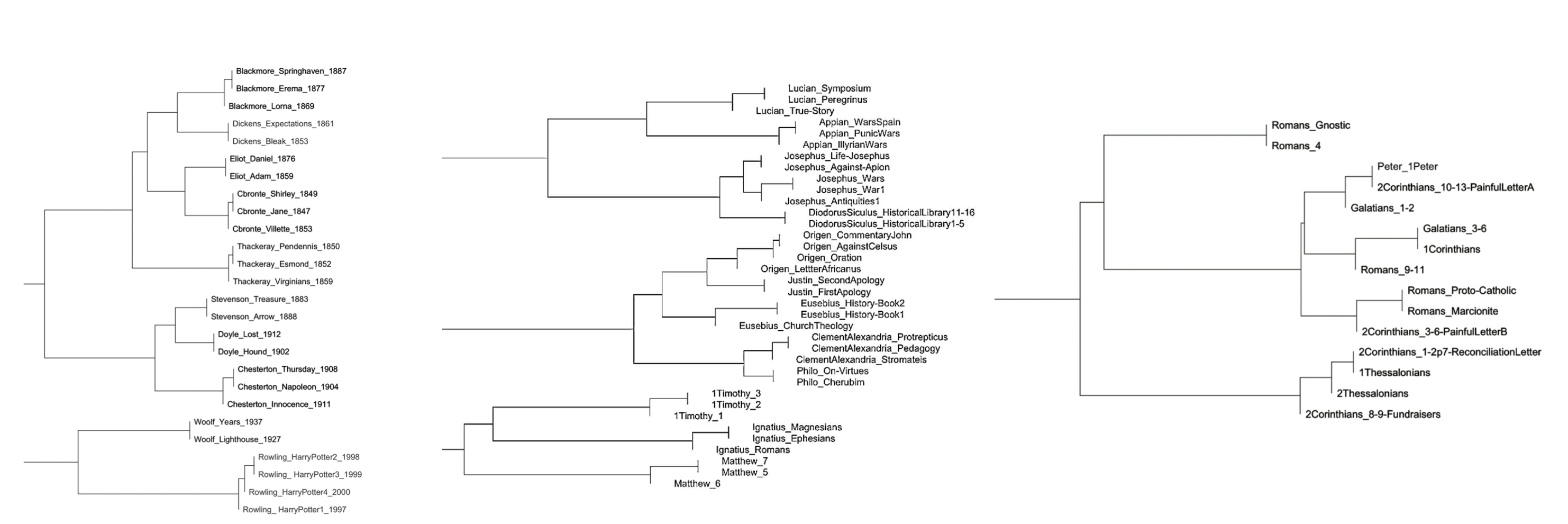These past few weeks I’ve been trying to untangle my way through the data strands that seem to relate to Christian origins and early development (again) and I find myself coming back to the chimerical figure of Paul (again).
When I reach this point, as I have done so many times before, I tend to seek out (again) critics of the radical views and defenders of some form of canonical figure. This time, one of those critics I have dusted off from my database of electronic files is Richard Carrier. About nine years ago he posted The Historicity of Paul the Apostle in which he sharply criticized the arguments of Hermann Detering and Robert Price proposing that Paul was not a historical person. In this post I am more interested in what he has to say about Detering’s case than Price’s since it is Detering’s work (and works he engages with: Schoeps and Schwegler in particular) that I have been deeply immersed in recently. Carrier writes of Detering:
The best formal attempt to argue for the non-historicity of Paul is that of Hermann Detering (see The Fabricated Paul). I cannot ascertain his qualifications in the field. But his writings are well-informed. They just trip over logic a lot. His case is not sound. Nor is anyone else’s I’ve examined. They falter on basic methodology (like ignoring the effect prior probability must have on a conclusion, or conflating possibility with probability) and sometimes even facts (e.g., Detering seems to think self-referencing signatures commonly appear only in forgery; in fact, they are commonly found on real letters—I’ve seen several examples in papyrological journals).
Before I continue, some readers may think that my focus has been slanted towards “extreme” or “fringe” positions — terms that I find problematic despite their appearance in scholarly publications — but I must hasten to explain that the reason I don’t post so often on mainstream views is simply because they are widely recognized and readily accessible for anyone interested anyway. There are in fact two recent works on Galatians in particular that have made rich contributions to reading that epistle in new ways but within the parameters of “mainstream scholarship” that I would like to post about here, too. But I need to see if I can unravel a few questions relating to core issues first. Everything in its time. And speaking of time, I do point out again that the post by Carrier I am addressing is almost a decade old so I am not assuming he would necessarily write the same today.
I must also make it clear that I am not addressing the Paul-Simon Magus connection argument even though that was the focus of Richard Carrier’s criticism. I will address what I consider a few less well-founded criticisms of Detering, however.
But to the chase, and I have no doubts that that will be a collegial dialogue. (I further note that the blog post of 2015 has a tone of one of those pieces “written on the fly” — leaving the reader with the impression that more care and detail would have been added in a different venue at another time.)
Carrier’s first specific criticism:
Detering seems to think self-referencing signatures commonly appear only in forgery
I do not see evidence to support that criticism in any of Detering’s work, including in the specific item I understand Carrier was addressing: The Falsified (or Fabricated) Paul. The specific passage in focus here is Galatians 6:11
See what large letters I use as I write to you with my own hand!
The link is to a page with thirty plus translations of the same passage.
Detering’s focus in The Falsified Paul is the inconsistency among scholarly exegetes:
The writer’s reference to his handwriting in 2 Thessalonians 3:17—’I, Paul, write this greeting with my own hand. This is the mark in every letter of mine; it is the way I write’—is regarded by most exegetes as a sign of the letter’s inauthenticity. Why is the corresponding reference in Galatians not so regarded?
(Detering, p. 55, my bolding)
What would interest me is a comparison of the specific terminology of the signatures we have in the Pauline letters and an explanation for these statements. A quick cross check on ChatGPT yields the following instances:
Self-referencing signatures in ancient letters were a way for the author to authenticate the document, demonstrate authority, or add a personal touch. Here are a few notable examples from different cultures:
1. Letters of Cicero
- The Roman statesman Cicero often ended his letters with a personal note or signature. In some letters, he explicitly mentions writing with his own hand, such as in a letter to Atticus: “Ego enim has quidem, Attice, litteras scripsi meis manibus.” (“For these letters, Atticus, I wrote with my own hand.”)
2. Aramaic Letters from Elephantine
- In the 5th century BCE, Jewish mercenaries stationed at Elephantine in Egypt sent letters back and forth, some of which include self-referencing signatures. For example, in a letter from the archive, one of the writers adds a line in his own hand, noting that he wrote the letter himself as a way to authenticate it.
3. Papyri from Oxyrhynchus
- The Oxyrhynchus Papyri, a collection of Greek texts from Egypt, includes many personal letters where writers occasionally mention that they are writing with their own hand. For instance, one letter might end with the phrase “ἐγὼ αὐτός,” meaning “I myself,” to indicate the writer’s personal involvement in the composition.
4. Babylonian Cuneiform Tablets
- In ancient Mesopotamia, some cuneiform letters on clay tablets were signed by the scribe or author. Although they might not have used the phrase “with my own hand” due to the nature of the script, they often included personal seals or mentions of the scribe’s name as a way of authentication.
5. Biblical Letters
- As mentioned earlier, Paul’s letters in the New Testament include self-referencing signatures, such as in 2 Thessalonians 3:17, where he writes, “I, Paul, write this greeting with my own hand,” to assure the recipients of the letter’s authenticity.
6. Egyptian Hieratic Letters
- In some ancient Egyptian letters written in hieratic script, the writer might add a personal note or a self-referencing line at the end of the letter to indicate that the content was personally composed or approved by them, though this was less common than in Greek or Roman letters.
These examples show that self-referencing signatures were a widespread practice across various cultures and periods in antiquity, often serving as a way to authenticate or personalize a document.
Unless Paul expected the original single letter to “the Galatians” — presumably implying a very wide geographical area with multiple church assemblies — should be preserved for a reading (and visual inspection) in each church area, without it being copied, one must wonder what such a distinctive handwritten signature was likely to accomplish. Did not the author expect the letter to be copied by another hand? In the case of Cicero writing to Atticus I can understand such a signature. But in a letter to be circulated among a wide geographical distribution of churches? Not so much. Either way, such a signature cannot serve as decisive evidence for the historicity of its claimed author.
With respect to Carrier’s criticism of Detering, I may have missed the evidence for Detering seeming “to think self-referencing signatures commonly appear only in forgery“. If that has been a point in any of his arguments it is one I have not recently located — though I cannot say I have read everything or even most of his works, in English or German.
Carrier launches into the main body of his criticism with “The Prior Probability” rubric. Now I like Bayes’ theorem. It has a place in research of any kind, as the cover and title of Sharon McGrayne’s book on the theory demonstrates: 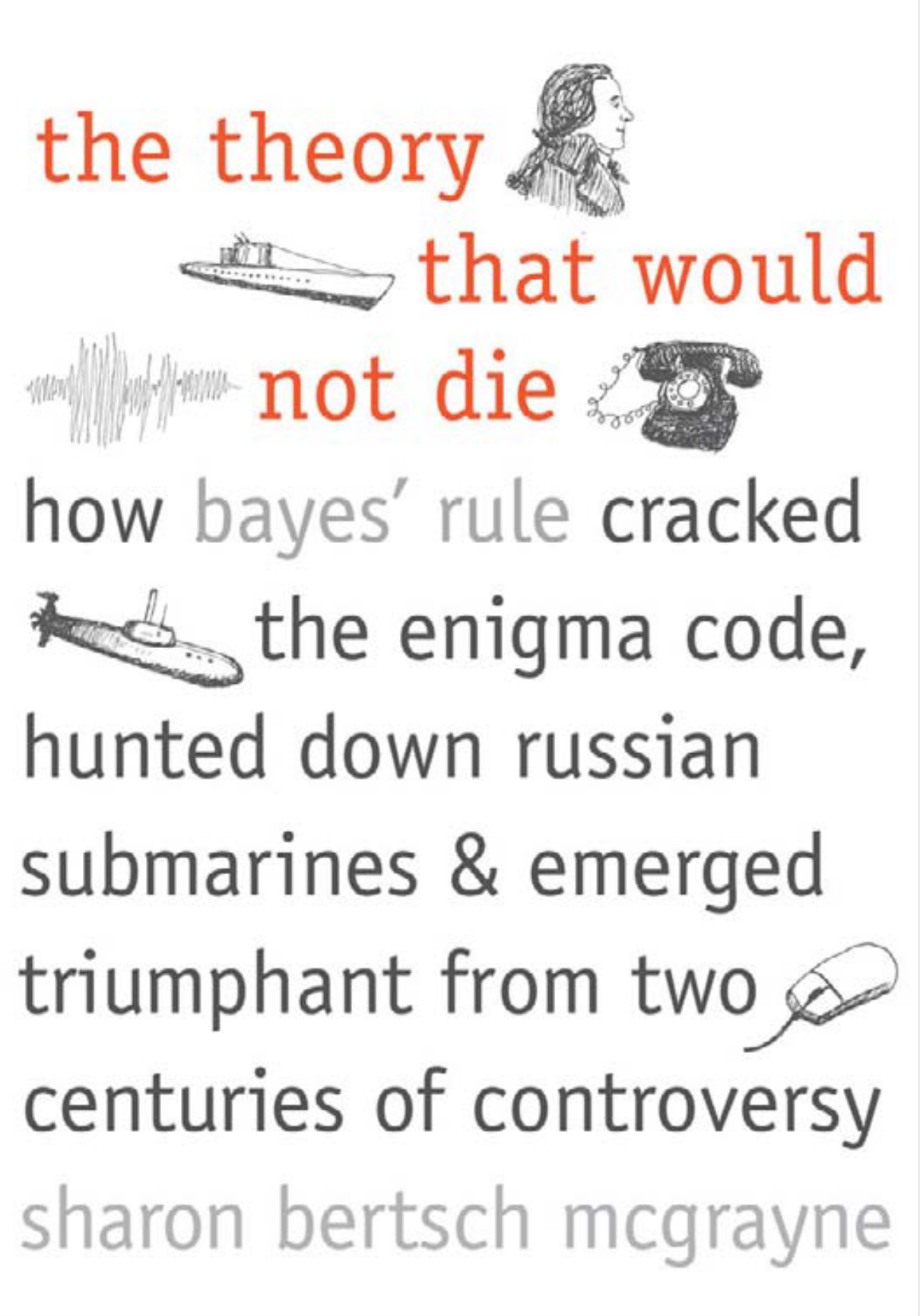
- McGrayne, Sharon Bertsch. The Theory That Would Not Die: How Bayes’ Rule Cracked the Enigma Code, Hunted Down Russian Submarines, and Emerged Triumphant from Two Centuries of Controversy. New Haven Conn.: Yale University Press, 2012.
Don’t knock Bayes’ theorem.
But historians work with multiple tools, not just one. And much depends on the way we conceptualize the questions. Here is an example of what I mean:
Jesus belongs to several myth-heavy reference classes. He is a worshipped savior deity. He is a legendary culture hero. He is a Rank-Raglan hero. And he is a revelatory archangel (already as early as the earliest writings we have, granting the letters of Paul are such). All of those classes of person already start with a high prior probability of being mythical, because most members of them are mythical (or for culture heroes, about even). And these are beings all of whom are claimed to be historical, yet are usually in fact mythical. Just like Jesus.
(Carrier, The Historicity of Paul the Apostle)
Agreed. But we can make it even simpler. The Jesus that all historians have to work with is a literary Jesus — by definition. He is found in no other ancient place than literature or inscriptions or scribblings. The same, we must hasten to add, is true of any “historical” person — whether we are talking about Winston Churchill or Julius Caesar. What I am saying is that history is dead; it no longer exists; there is nothing there — except in written or other forms of recording. All our historical persons live only in our minds as we read the surviving records. Some of those imagined figures once had a historical reference figure who was real — but that reality now escapes us in its fullness and can only be reconstructed according to our “best lights” of imagination fuelled by inscriptions or writings or other evidence. The historian’s job, or at least one of them, is to study those texts and images to discover what led to their creation, whether it was a reality or a fiction.
Yes, Bayes’ theorem can help us answer the question of whether certain texts and images reflect a real or an imaginary figure as their source of inspiration. But there is a but. It begins with how we frame our question.
So let’s get back to Paul. In contrast to Jesus, Carrier writes:
Paul … falls into the class of ordinary persons who wrote letters and had effects on history. In ratio, most of such people claimed to exist, actually existed.
So in Carrier’s blog post of nearly ten years ago Jesus was presented as a miracle working, death-defying man-god — a clearly mythical figure — while Paul was, by strikingly mundane contrast, an “ordinary person who wrote letters and had effects on history”.
That starting point is where I have a problem.
No, Paul did not write letters like any “ordinary person”. An “ordinary person” reveals their personality or their ideas through letters. Contrast Paul as a letter writer as summed up by Albert Schweitzer:
The odd thing is that [Pauline scholars] write as if they understood what they were writing about. They do not feel compelled to admit that Paul’s statements taken by themselves are unintelligible, consist of pure paradoxes, and that the point that calls for examination is how far they are thought of by their author as having a real meaning, and could be understood in this light by his readers. They never call attention to the fact that the Apostle always becomes unintelligible just at the moment when he begins to explain something; never give a hint that while we hear the sound of his words the tune of his logic escapes us.
(cited in Hart, 131f)
Carrier referred to an article on Paul by James Tabor and it is worth returning to Tabor’s words in this context:
There are four different “Pauls” in the New Testament, not one, and each is quite distinct from the others. New Testament scholars today are generally agreed on this point.
(Tabor referencing F.C. Baur and more recent scholars such as Marcus Borg, John Dominic Crossan, and Jerome Murphy-O’Conner)
So which one is “the historical Paul”? We know that the author of Acts most certainly did not consider an “ordinary letter writer” to be the historical Paul.
I could fill several posts pulling out similar statements by scholars testifying either to the obscurity, or to the anything-but-ordinary “incomprehensible genius”, of a figure behind the letters.
Furthermore, on what basis can we assert that Paul “had effects on history”? Does not the evidence indicate that Paul’s letters had been somehow lost or forgotten while the churches grew, and that it was only from the mid second century that the letters were coming to light and being embraced. Christianity was evidently well established quite apart from any memory of Paul by the early second century. That sounds like Paul had little impact on history in the first century. Does not the evidence rather suggest that Paul was a product of second century history?
Another question comes to my mind here: Is it not somewhat hard to understand how a “brilliantly inconsistent” thinker could have had a serious and long-lasting impact on many other persons? A philosopher can be expected to write with a bullet directed point of view. Paul’s many contradictions, non sequiturs and mis-matches are sometimes said to be indications of his febrile genius or simply of an expansive and fluctuating intellect. Maybe that was the case. I wonder how many such persons have dramatic impacts on history, though. (I am open to being better informed here, so leave a comment if you can contribute to this point of discussion.)
Let Bayes be used to test the different options.
Carrier writes,
We can say several things about what are regarded as the six authentic letters of Paul . . .
- First, they all cohere in style (idioms of vocabulary, connotation, grammar, punctuation, sentence length). The forged letters do not. They neither cohere with each other (except when produced as a unit, like the Seneca correspondence), nor with the style features of the authentic six. So one person did write those six (even if, as the letters openly state, they also reflected the views of a co-worker whom Paul sometimes names in each case).
No, they do not all cohere in style. I recently posted Harold Hoehner’s demonstration that Galatians has a style quite distinct from other letters attributed to Paul. Douglas Campbell in Framing Paul: An Epistolary Biography, reminds readers that Paul’s letters are…
characterized by a remarkable variation in argumentation, structure, and expression. Just Romans and 1 Corinthians, whose authenticity is usually uncontested, when placed side by side, seem to come not infrequently from overtly different places in conceptual terms. Meanwhile, adding only 2 Corinthians and Galatians to the comparison diversifies the overall situation further, creating a fundamental methodological challenge. How are interpreters to supply a unified account of various aspects of Paul himself as his texts strain in multiple directions?
The same scholar addresses the range of stylistic differences that have divided scholars over questions of authenticity of both whole letters and parts of letters. While Campbell seeks to resolve many of these arguments (including with a discussion on computer assisted stylometric analysis), his detailed work is at the same time a reminder that scholars have long been troubled by what they see as a lack of coherence and inconsistency of style in the letters of Paul. Paul may have used a vastly varying range of styles or maybe we should test the idea of multiple authors as the preferred explanation — either way we must explain the lack of coherence in style! It makes no difference to the question of historicity. But let’s adhere to the real state of the evidence.
Carrier’s next claim:
Second, they are stitched together from pieces of other letters. Each full letter named in the New Testament actually contains pieces of several letters, whose full content and original destination are now lost (see OHJ, p. 511). Sometimes so badly connected up as to be nearly unintelligible (e.g. the transition between 1 Cor. 8 and 9: OHJ, pp. 582-83). One does not forge letters that way. Which makes this another good indicator that these are not forgeries. Rather, someone tried to semi-reverently keep an original collection, but just the parts they liked, and assembled them together into a new whole in the most logical way they could. Their meddling after that was small and nitpicking, as the manuscript evidence shows, or blatant and obviously un-Pauline, as some of the interpolations made before 150 A.D. show.
Here Carrier is assuming that a historical Paul wrote the pieces of letters stitched together when in fact that is the question being raised. If we have a “Pauline school” of scribes, with different authors contributing individual perspectives to a whole, we then have a literary corpus not unlike some of the Old Testament works claiming to be by this or that prophet or by Moses himself. Collaborative efforts found ways to accommodate different perspectives up to a point, often stitched somewhat crudely together. This is arguably part of the catholicizing process that we see in other New Testament writings (especially Luke and Acts). So the evidence is open to multiple interpretations.
Next,
Third, they all make arguments and interact persuasively in a context where the Jewish temple was still standing and its cult operating. And in a context where views of Jesus and the Church that appear in the Gospels have not yet come to exist (not even to denounce or counter or rebut, much less use or co-opt or transform). This is very unlikely unless the letters were written before the year 66 A.D. (when the Jewish War began, an event wholly unknown to the author), and before the Gospels were written (which could be as early as 70 or 75 A.D. for Mark).
This is a common point of view but it is not a solid argument. The most basic principle of dating documents is to begin where we have the most certain evidence. That means it is sound method to begin with the middle of the second century for the indisputable existence of the Pauline letters. It is only in that century that we have independent confirmation of the existence of the letters. As we work back we rely more on hypothetical reconstructions. Mark “could be as early as 70” but it could equally be as late as the second century (cf arguments for the influence of Josephus and the abomination of desolation pointing to Hadrian’s time). There are passages in Romans and 1 Thessalonians that make a lot of sense in a context after (even well after) the destruction of the temple and end of its cult. So the historical context is not so clear cut. Similarly for the opponents of Paul that we read about in Galatians and the Corinthian correspondence. Scholars have had to assume the existence of various types of “heresies” for which we have no first century evidence. It is only when we come to the second century that we begin to read evidence for the existence of “false gospels” and some Christians attempting to impose circumcision on believers and the heated controversy over the teachings and authority of Paul vis a vis Jerusalem apostles. The second century does indeed look very much like a potential home for the letters of Paul. I elaborate a little on this point in addressing the next section of Carrier’s argument.
In Carrier’s view,
That third point is important, because the letters explicitly present themselves internally as having been written in the 50s A.D. . . . So the congruence of that fact with their content totally ignoring later existing doctrinal and tradition battles in the Church is very likely if the 50s is indeed when they were written.
I have to disagree. It is in the second century that we find debates over circumcision and whether the law should be obligatory on Christians (one example: Justin’s Dialogue with Trypho), over whether meat sacrificed to idols should be eaten, speaking in tongues (Montanism in Asia Minor from the 150s), questions of celibacy, the competitive status of Paul and the Twelve (Marcionism from the 140s). It is as if Paul’s letters (and the Jerusalem council of Acts 15) had all been forgotten somehow. But how convenient it was that in the midst of those competing claims we find the first evidence of Paul’s letters and, lo and behold, they happened to give decisive — “historical” — answers to such pressing second century questions.
Carrier continues:
Note that letters that don’t speak to a forger’s own time and circumstances, even covertly or obliquely or prophetically, run counter to a forger’s interests; the last thing forgers want to do is work hard to produce a document that is circumstantially obsolete before it is even published.
Circumcision and the requirements of the law were questions in Justin Martyr’s time (mid second century) and Justin had no knowledge of a first century apostolic council to bring to bear on the discussion. The Elchasite “heresy” originated in the early second century (the time of Trajan) and was so significant that it became influential in the subsequent rise of Manichaeism and Islam. The Elchasites taught a “gospel”, a “good news” that required circumcision for believers in Christ (who happened to be a great angel from heaven) and revered certain days and “elements of the world” (water, heaven, earth, bread, oil, salt, wind) — blithely unaware of Paul’s letter to the Galatians that sought to combat the distinctive features of that second century “heresy”.
So I do sympathize with Carrier when he writes:
I can’t even think of a single example of an ancient forger successfully ignoring all the central doctrinal and tradition disputes of their own day merely to produce a convincing period-accurate but thereby contemporarily-irrelevant document. The temptation to support or attack the then-going views (usually by fabricating early support for them, e.g. 2 Peter) is simply too strong, and in fact is the usual motivation for forging documents in the first place.
Very true. But I believe he is mistaken when he adds, “In short, the letters of Paul make no sense in the second century.” On the contrary, the second century is when we find the most relevance for Paul’s letters.
As far as I aware we have no evidence outside the letters themselves (and Acts) for these controversies existing in the first century.
Carrier:
Most Detering-style arguments are based on claiming hundreds of interpolations in these letters that conveniently and circularly support Detering’s conclusions, all based on a series of ad hoc assumptions about the second century history of the Church, when in fact almost everything we know about that is speculation, not established fact. The more assumptions you have to rely on, and the more conveniently complex they are, the lower the prior probability of your thesis. Speculation in, speculation out. Detering does not seem aware of this logical fact. He thus falls into the common trap of all bad historians: any theory you can gerrymander to fit all the evidence must be true. Because look how well it fits! Sorry. Illogical.
I don’t know the evidence on which Carrier bases the above characterization of Detering’s arguments. I have not seen arguments of his that are “based on claiming hundreds of interpolations . . . . and . . . . ad hoc assumptions about the second century history of the Church”. On the contrary, I have seen in Detering’s works an abundance of documented source material from the second, third and fourth centuries that address the state of “the Church”, with varying degrees of reliability, in the second century. I have translated a 270 page essay by Detering on this era and you can make the judgment for yourself. As for the 85 page book Falsified Paul a word search on “interpo” (for interpolation/interpolator…) yields only three hits. Nor should we overlook the undeniable fact that letters and biographies of Paul really were written by forgers in the second century. We have several of those forged letters in the New Testament (the Pastorals, for example). And we know for a fact that there were disputes about what was original in Paul’s letters, what had been cut out by opponents, and so forth. This situation is a fact that any historian must be aware of when examining the evidence.
It is true that the state of the evidence does not often allow a historian to do more than reconstruct “a more plausible scenario” for early Christianity. To that extent there is inevitably a degree of speculation in our reconstructions. The use of Bayes can help us refine the “most plausible” scenario. But when it comes to the question of “how/when/where Paul began”, whether as a historical figure behind the literature or as the literary figure itself, I think at least some “Detering style arguments” are well worth serious consideration.
Campbell, Douglas A. Framing Paul: An Epistolary Biography. Grand Rapids, Michigan: Eerdmans Publishing, 2014.
Carrier, Richard. “The Historicity of Paul the Apostle.” Richard Carrier (blog), June 6, 2015. https://www.richardcarrier.info/archives/7643.
Detering, Hermann. “Die Gegner des Paulus – Judaistenthese 2. Jahrhundert – Radikalkritik,” July 4, 2018. http://radikalkritik.de/die-gegner-des-paulus-judaistenthese-2-jahrhundert. — Translation: The Opponents of Paul: A Second Century Judaizers Thesis
Detering, Hermann. The Falsified Paul: Early Christianity in the Twilight. Journal of Higher Criticism, 2003.
Tabor, James. “The Quest for the Historical Paul.” Biblical Archaeology Society, June 13, 2024. https://www.biblicalarchaeology.org/daily/people-cultures-in-the-bible/people-in-the-bible/the-quest-for-the-historical-paul/
Hart, Patrick. A Prolegomenon to the Study of Paul. Leiden ; Boston: BRILL, 2020.
And with thanks to Chrissy Hansen’s articles alerting me to more works to read and ideas and criticisms to ponder, if not always to agree with.
Like this:
Like Loading...
 Compare . . .
Compare . . .


